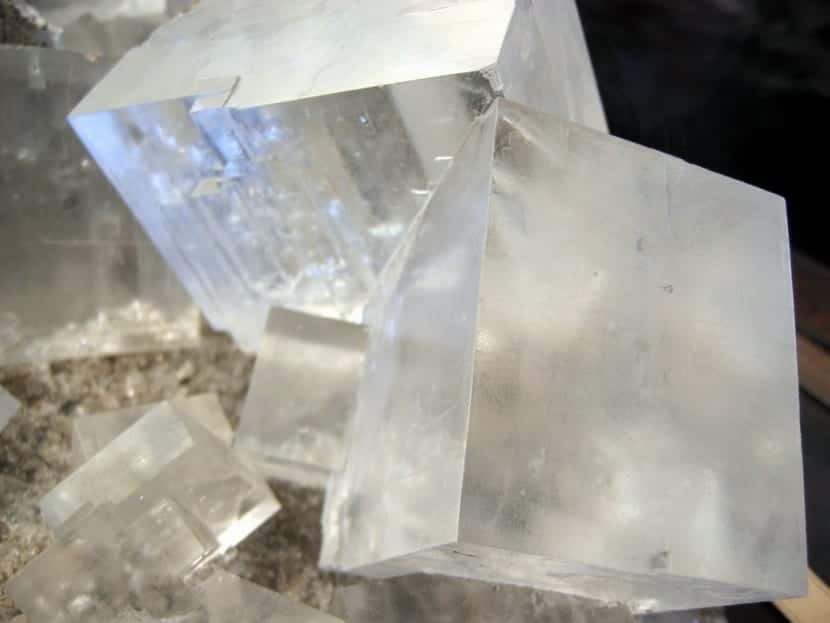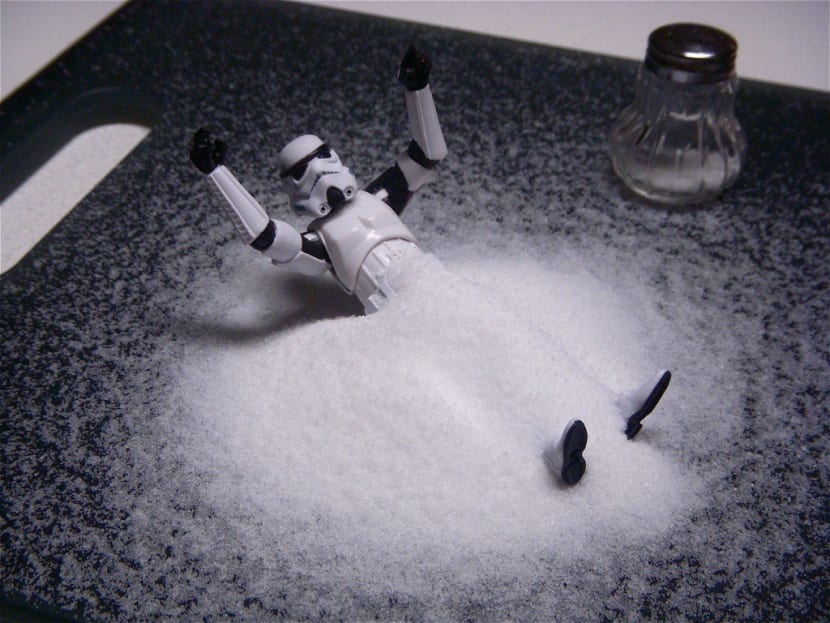
Salt It is salt, but there are several types and each one gives us particular benefits. Salt began as an item that was handled as a bargaining chip, hence the term 'salary', because payments were made with this product.
Today it has been relegated to own consumption and is used most of the time as a gastronomic condiment. Despite being in the spotlight on many occasions because the excessive Salt consumption can affect our health.
It is important to know what types of salt exist and to know which is less or more healthy, so that the next time it is purchased it will be chosen accordingly. In general, we must be guided by the most natural edible items that we find in the market, because the industry is always conditioned by economic aspects and not health aspects.
On this basis, we must strive to look and read product packaging well to avoid consuming harmful condiments. With that said, let's start to see what types of salt do we find, what are its uses and what does it contribute to our body.
Types of salt
Table salt
Table salt, also called common salt, is primarily sodium chloride, In many cases, iodine and fluorine are added to this type, it is not extracted in a natural way. mandatory to do so.
Specialists point out that a excess Consuming this food can cause hypertension, fluid retention or cardiovascular diseases, for this reason, we must take into account how much salt we add to our dishes.
The consumption of salt has become popular and has spread for many years, but in reality, it would not be necessary to add even a pinch of salt to the dishes we eat because they already have amounts of iodine and fluoride needed, therefore, salt is relegated to only one a matter of taste.
Unrefined sea salt
This type of salt is obtained by evaporation of sea water. Many defend it because the production and extraction process is natural, although research in this regard indicates that rock salt or sea salt have the same components as table salt, that is, sodium chloride.
This salt is instead of a grayer in color than common salt. It contains chlorine, sodium, fluorine, iodine, and several essential minerals. Since sodium chloride is the most present component, it is still just as harmful to health, for this reason, it must be consumed very consciously.
Himalayan salt
It is impossible to deny that fashionable stall this type of salt, all of us who are a little aware of the news in gastronomy and all aspects of nutrition, have heard about this type of salt.
Himalayan salt is characterized by having a nice pink color, it has been widely publicized and its properties have been exaggerated. It does not come far from the Himalayas, but from Pakistan and Latin America, rose to fame during the 90s and today it is very easy to find in stores. This salt is used both for culinary, cosmetic and even in the manufacture of lamps.
Compared to common salt, this contains more healthy nutrients for our body and trace elements that make its price somewhat exorbitant.
salt flower
The gastronomic properties of this salt have become the salt par excellence of the gourmets. It is achieved by collecting the salt that forms on the surface of marine salt flats. It is collected in the most traditional and artisan in the Mediterranean and Atlantic. It is low in sodium chloride compared to the rest and in sodium. It does not cause us that uncomfortable fluid retention and has a less salty taste. It does not cake and dissolves easily on the palate.
Advantages and disadvantages of salt
Advantages
The recommended amount of salt that should be consumed per day is at a minimum of 500 mg and 2000 mg, taking into account that a teaspoon would be 2000 mg. It offers us a series of benefits that help us maintain a healthy and healthy body.
- Maintains a good water level
- salt becomes necessary to have digest, metabolize and absorb good nutrients
- Help send the nerve impulses
- Regulates the pH of the body
- Keeps the muscles in good condition, including the heart
- Regulates blood pressure and favors people hypotensive
Drawbacks
Among the latests Moravia's compositions contraindications that can cause us we find:
- Osteoporosis
- Fluid retention
- Hypertension
- Renal problems
- Cardiovascular diseases
Conclusion…
If we think of salt, we will always say that salt is good, as long as we do not overindulge in its consumption. Salt is used to season our dishes as it is a great flavor enhancer, it intensifies food. For this reason, it is always advisable to salt the dishes once they have been cooked and prepared to better control the quantities. As well as consume high quality salt and natural harvested naturally.



